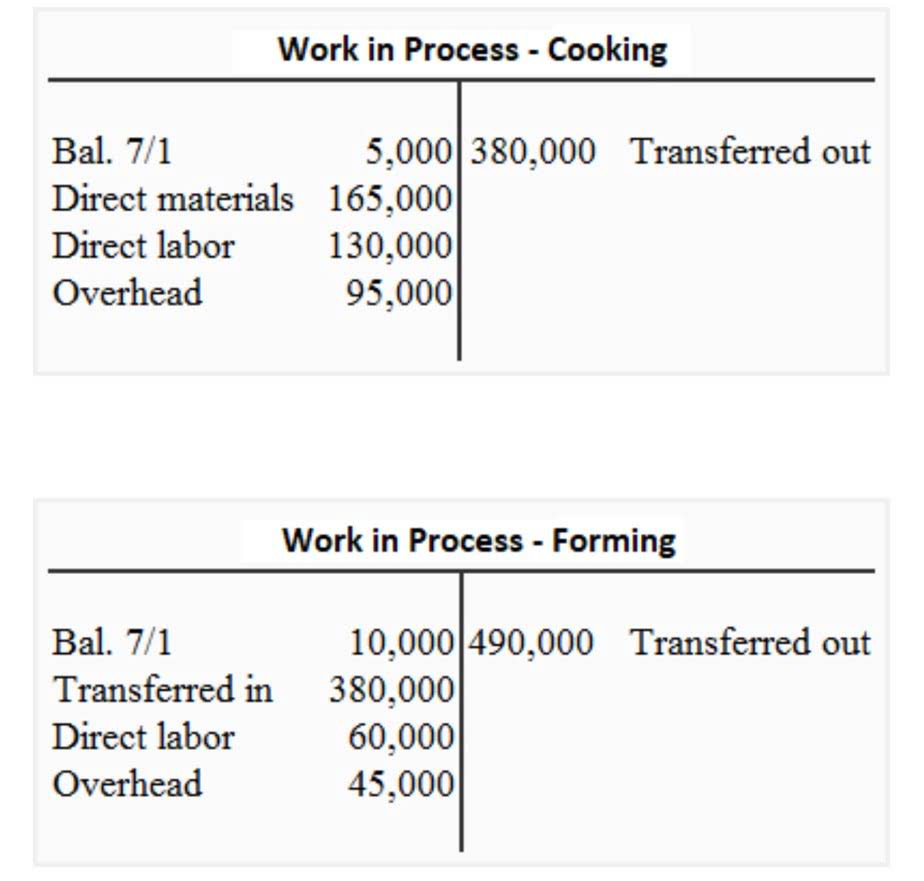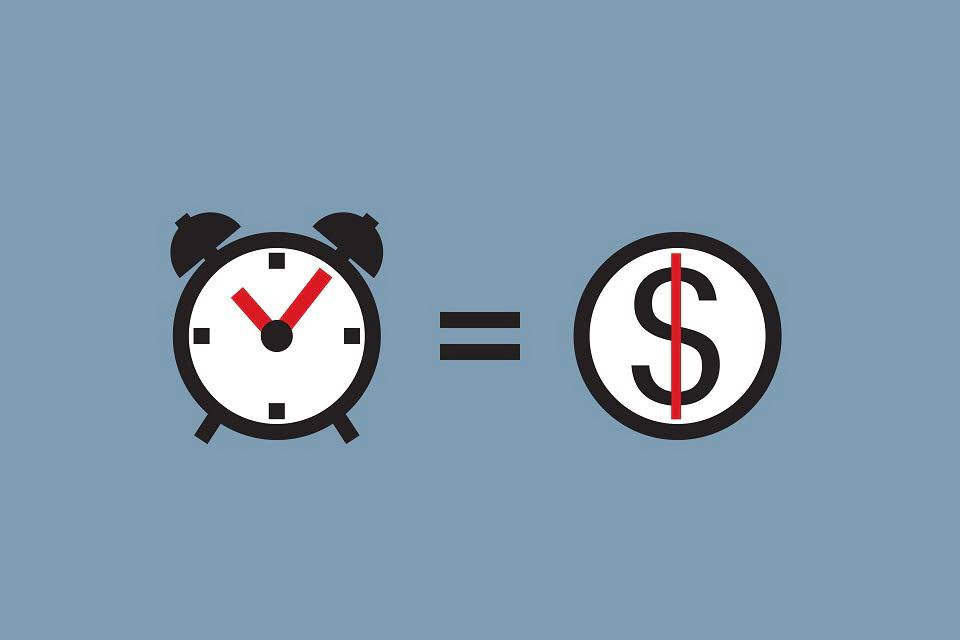What Is a Personal Computer PC?
Unlike large, costly minicomputers and mainframes, time-sharing by many people at the same time is not used with personal computers. The term home computer has also been used, primarily in the late 1970s and 1980s. The advent of personal computers and the concurrent Digital Revolution have significantly affected the lives of people. Personal computers can be enhanced with peripherals and accessories, providing users with a tailored computing experience.
The processor, also known as the central processing unit (CPU), is responsible for executing instructions and performing calculations. A desktop PC typically consists of a monitor for displaying visual output, a keyboard for inputting commands, and a mouse for navigating the interface. On the other hand, a laptop PC is a compact and portable device that combines all of these components into a single unit, making it convenient for on-the-go usage. Software applications are common for word processing, Internet browsing, Internet faxing, e-mail and other digital messaging, multimedia playback, playing of computer game, and computer programming. The user may have significant knowledge of the operating environment and application programs, but is not necessarily interested in programming nor even able to write programs for the computer.
- An increasingly important set of uses for personal computers relied on the ability of the computer to communicate with other computer systems, allowing interchange of information.
- Whether it’s a desktop, laptop, or compact device, a PC is a powerful tool that has become an integral part of our personal and professional lives.
- The processor, also known as the central processing unit (CPU), is responsible for executing instructions and performing calculations.
- Microsoft-compliant Pocket PCs can also be used with many other add-ons like GPS receivers, barcode readers, RFID readers and cameras.
Common misconceptions about PCs often revolve around their speed and performance. Many believe that PCs are inherently slower than other devices, such as laptops or tablets. With advancements in technology, PCs can offer high processing speeds and optimal performance, especially for tasks that require intensive computing power. The CPU is responsible for processing data and controlling the flow of information within the computer system. It interacts with other hardware components, such as the network card, storage devices, memory, and peripherals like mouse and keyboard, to ensure smooth operation. Personal computers can be connected to a network, which allows users to share files, access remote resources, and communicate with others.
- Additionally, input devices, such as a keyboard and mouse, are required to interact with the computer and provide input commands.
- The importance of PCs lies in their ability to handle complex tasks efficiently and effectively.
- The central processing unit (CPU), memory, storage, input/output devices, and a command PC are these components.
- On the other hand, an SSD is a newer type of storage device that uses flash memory to store data.
- Originally, the IBM PC was one with an Intel microprocessor architecture and a DOS or Microsoft Windows OS written to use an Intel microprocessor.
Personal Computer Definition
With advancements in technology, PCs have become an integral part of various sectors, including business, education, entertainment, and more. Whether it’s for work or personal use, a PC serves as a versatile tool that enables users to perform a wide range of tasks efficiently and effectively. Some sub-systems of a personal computer may contain processors that run a fixed program, or firmware, such as a keyboard controller. A tablet uses a touchscreen display, which can be controlled using either a stylus pen or finger.
Personal computer
Current UMPCs typically feature the Windows XP, Windows Vista, Windows 7, or Linux operating system, and low-voltage Intel Atom or VIA C7-M processors. The IBM PC’s architecture became the foundation for today’s Windows-based computers, creating a standardized platform for software development and hardware manufacturing. Businesses often need desktop management software to track and manage the many PCs they own. Compare these eight desktop management software options to find the best way to manage desktops and other devices in the enterprise. Users can repurpose older PCs for tasks outside of standard computing, such as contributing processing power to distributed computing projects. The Folding@home project is an example where idle processing power is used to run simulations of cell protein dynamics to help scientists find cures for chronic illnesses such as Alzheimer’s disease.
So when people say “PC” these days, they usually mean a computer running Windows, although sometimes people clarify by saying “Windows PC” instead. All content on this website, including dictionary, thesaurus, literature, geography, and other reference data is for informational purposes only. This information should not be considered complete, up to date, and is not intended to be used in place of a visit, consultation, or advice of a legal, medical, or any other professional. In network security discussions, “PCs” are often mapped and monitored for suspicious activity, patch management, and user behavior analytics. As one can see from the history books, advancements in technology allowed us unprecedented convenience by making possible private ownership& usage, which didn’t exist back then.
A PC refers to any personal computer running a Windows operating system, while a Mac refers to a personal computer running Apple’s macOS. Before the widespread use of PCs, a computer that could fit on a desk was remarkably small, leading to the desktop nomenclature. More recently, the phrase usually indicates a particular style of computer case.
In the 1970s, with microcomputers becoming available to everyday people at more accessible prices, “personal computers” were born. Gaming on these smaller devices that are built for an individual’s use instead of large systems like mainframes or servers, which operate multiple users concurrently. In addition to the hardware components, a PC also requires software to perform tasks. They can be connected to a network, allowing users to access shared resources and communicate with other devices. PCs are also equipped with hardware components, such as memory and storage, to store and process data.
What does “PC” stand for in the context of computing?
For example, Google Chrome OS minimizes the need for hard drive space by relying on access to web applications and cloud storage. This means a netbook that’s limited to a 64 GB solid-state drive has the potential to be as useful as a laptop with a 500 GB disk drive. Naturally, large applications that aren’t web-enabled are the exception to this space-saving advantage. Some favor excluding them because they typically can’t run arbitrary software without vendor permission, and yet they are computer devices owned and operated by a single person.
There are various types of storage devices, including hard disk drives (HDDs) and solid-state drives (SSDs). An all-in-one computer (also known as single-unit PCs) is a desktop computer that combines the monitor and processor within a single unit. A separate keyboard and mouse are standard input devices, with some monitors including touchscreen capability. The processor and other working components are typically reduced in size relative to standard desktops, located behind the monitor, and configured similarly to laptops.
In 1976, Steve Jobs and Steve Wozniak sold the Apple I computer circuit board, which was fully prepared and contained about 30 chips. At the request of Paul Terrell, owner of the Byte Shop, Jobs and Wozniak were given their first purchase order, for 50 Apple I computers, only if the computers were assembled and tested and not a kit computer. Terrell wanted to have computers to sell to a wide range of users, not just experienced electronics hobbyists who had the soldering skills to assemble a computer kit. The Apple I as delivered was still technically a kit computer, as it did not have a power supply, case, or keyboard when it was delivered to the Byte Shop.
Understanding What Does PC Stand For in Computing
This is because chip manufacturers are constantly finding new ways to etch transistors onto the silicon. The tiny transistors are now measured in nanometers, which is one billionth of a meter. The smaller transistors get, the more can be fit onto one CPU, increasing the relative processing power.
Mini PCs
Unlike the generic Netbook name, Ultrabook and Chromebook are technically both specifications by Intel and Google respectively. A personal computer (PC) is a microcomputer designed for individual use with complete functionality for tasks like word processing, internet browsing, gaming, and data analysis. The term emphasizes the what does a pc stand for shift from mainframe computing to individual computing devices.
The RAM, graphics card and processor are in most cases mounted directly onto the motherboard. The central processing unit (microprocessor chip) plugs into a CPU socket, while the ram modules plug into corresponding ram sockets. Some motherboards have the video display adapter, sound and other peripherals integrated onto the motherboard, while others use expansion slots for graphics cards, network cards, or other input/output devices. The graphics card or sound card may employ a break out box to keep the analog parts away from the electromagnetic radiation inside the computer case. Disk drives, which provide mass storage, are connected to the motherboard with one cable, and to the power supply through another cable. Usually, disk drives are mounted in the same case as the motherboard; expansion chassis are also made for additional disk storage.
They can be customized with various hardware components, such as a faster processor or more storage, to meet specific requirements. PCs are capable of connecting to a network, allowing users to access and share information across multiple devices. They can also be used for storing and managing data, providing a convenient and efficient way to organize and access files. They can also be installed with different software applications, such as word processors, photo editors, and web browsers, to perform various tasks. Palmtop PCs were miniature pocket-sized computers running DOS that first came about in the late 1980s, typically in a clamshell form factor with a keyboard.
It’s important to consider the context in which “PC” is used to understand its intended meaning accurately. The future of personal computing is undeniably exciting and filled with endless possibilities. With rapid advancements in technology, personal computing is set to become even more integrated into our daily lives. From AI-driven virtual assistants to augmented reality experiences, the next frontier of personal computing promises to revolutionize the way we work, communicate, and interact with the world around us. In the world of technology, the term “PC” has become a ubiquitous abbreviation that most of us encounter on a daily basis. Whether it’s in reference to personal computing or professional use, the acronym “PC” holds a significant place in the lexicon of modern society.
PCs are available in different forms, including desktops, laptops, and compact devices. PCs provide a versatile platform that caters to the needs of individuals in different fields. In 1984, Apple Computer launched the Macintosh, with an advertisement during the Super Bowl. The Macintosh was the first successful mass-market mouse-driven computer with a graphical user interface or ‘WIMP’ (Windows, Icons, Menus, and Pointers). Based on the Motorola microprocessor, the Macintosh included many of the Lisa’s features at a price of US$2,495. The Macintosh was introduced with 128 KB of RAM and later that year a 512 KB RAM model became available.






